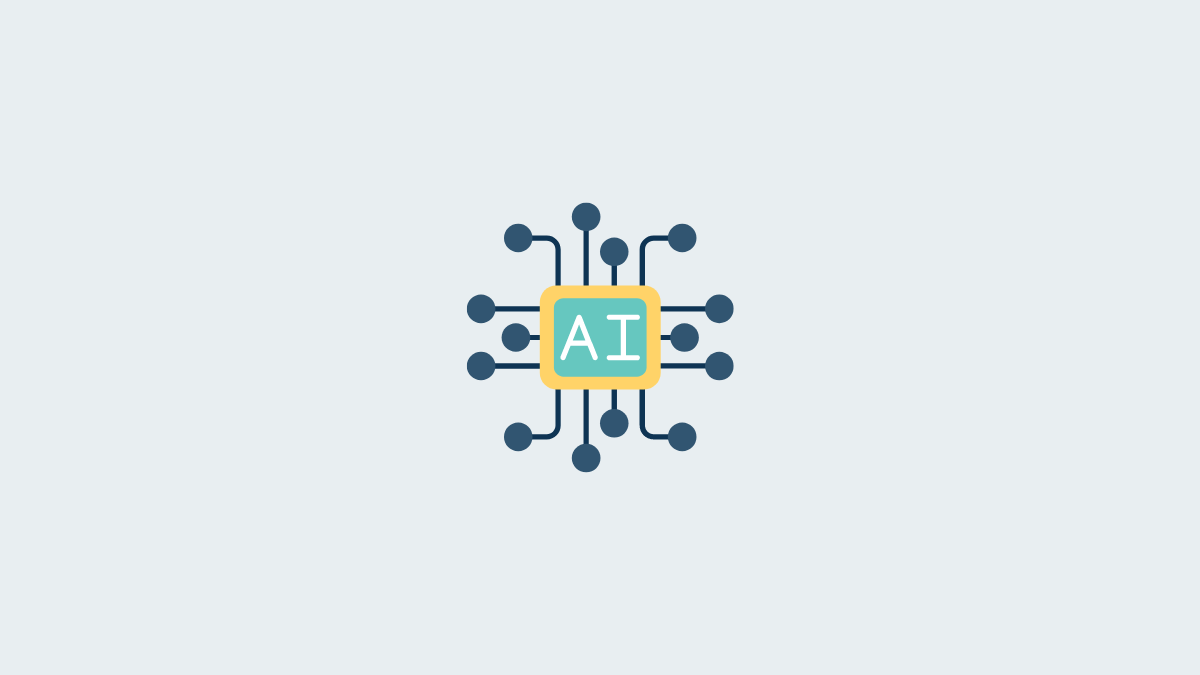What to know
- Yes, professors can detect if a student’s essay was written using Google Bard and ChatGPT. However, they won’t be able to say so definitively as the efficacy of their methods is doubtful.
- One of the main tools to detect AI-generated content is Turnitin, which is also marred by the problem of generating false positives and may not always produce accurate results.
- Schools and universities can look positively into integrating AI chatbots into the education system instead of barring their use.
The advent of AI chatbots like Bard and ChatGPT has caused quite a stir in the education sector, to say the least. It’s no secret that many students are using these next-gen AI technologies to churn out essays on the fly to better their grades. But many more are simply using it as a technology to improve their research and learn better.
The crackdown on AI-generated content is meant to steer students away from using them as a crutch, but it is also stopping many students from using these tools for fear of being called a cheat. But can professors even detect if the students’ work was generated by AI chatbots like Bard and ChatGPT? The answer is not as cut and dry as one might expect.
In this article, we investigate the claims made by those who are part of the academia and figure out whether AI-generated content can actually be detected to be so.
Related: How to talk to ChatGPT (6 ways)
Can professors detect if students use Google Bard or ChatGPT to write essays?
This is the question on the minds of students around the globe. Given the ease with which students can access and use Bard and ChatGPT to come up with essays, the task of professors has become admittedly harder.
the fact that I’ve had 2 separate teachers email me about 2 separate students who both plagiarized their essays by using an AI generator… yikes.
this is going to become more common. thankfully we do have AI/plagiarism detectors to identify, but it shouldn’t happen at all.
— lexi ✨ (@misslexilouwho) March 30, 2023
Learning how to beat a new technology that is advancing at the rate that these AI chatbots are is undoubtedly an uphill struggle. But as it stands right now, your school or university faculty may actually be able to figure out if student essays were in fact written by them or copied from AI-generated responses.
Though students using essays written by Bard or ChatGPT will often end up rewriting, editing, and citing the sources to give their essays the semblance of original work and academic rigor, teachers and professors also have a few tricks up their sleeves to find out if student essays are actually using chatbots to do their work for them.
Related: Is ChatGPT Plagiarism?
How professors are learning to identify the use of Bard and ChatGPT
There are a few ways that professors can already organically determine whether or not an essay is written by the student in their own words. Much of it comes down to the professor’s own understanding of what a particular student can or can’t do. So if a professor knows the linguistic abilities of a student, his/her level of diction, comprehension, commonly used phrases, syntax structures, etc., then any departure from their individual idiosyncracies (at least in writing) can be caught with relative ease, especially if it’s too stark a departure.
On the other hand, because these AI chatbots often end up generating responses that are not indicative of a thinking mind, and can be quite mediocre without much critical analysis, professors who know their students well will be able to sniff it out from a mile away.
Comment
by u/ADHTeacher from discussion How can I tell when my students use Chat GPT or other ai writers?
in Teachers
But many students are countering this by giving well-structured prompts to get the best responses possible that are highly individualized and human-like. Nevertheless, if students are using AI tools to write their essays, professors are also finding ways to utilize the same tools to find out if plagiarism is involved.
Related: How to Use Plugins in ChatGPT
Some AI Detector tools that professors are using
Just as search engines and informational websites like Google and Wikipedia were countered by an influx of plagiarism detector tools that are with us to this day, the AI revolution is spawning many AI detector tools as well. Many members of the faculty have already started using some of these AI plagiarism detector tools, especially those who teach many more students than they can count or remember by name.
Some of these AI detector tools include the likes of GPTZero, OpenAI’s own Text Classifier, Turnitin, etc. Though there are many more examples of plagiarism detector tools, these have been in the limelight for being relatively better at identifying AI-generated content without generating too many false positives (human writing flagged as AI).
Can Turnitin detect ChatGPT?
Earlier this year, Turnitin announced its AI writing detector that can identify whether or not a piece of prose submitted by students contains any sentences written by ChatGPT and its cousins.
In a YouTube video, David Adamson, an AI scientist at Turnitin, demonstrated how the tool can detect the originality of written prose, even when some of the sentences were changed and minor edits were made. Though we haven’t tested Turnitin ourselves, the general consensus is that the tool does a fairly good job of catching AI content. Turnitin’s new capabilities are of use to professors only in the academic writing domain, however, not to test codes or poetry. So, if you’re a student relying on ChatGPT and Bard, you should be aware that tools like Turnitin can actually get you caught.
However, there are a few caveats to this as well. Turnitin looks to prioritize precision, meaning it wants to be sure that the content it flags is actually AI-written. But it also means that it will definitely miss some AI-written content. Here’s David Adamson being honest about Turnitin’s capabilities as of now:
Turnitin has a 1% chance of generating false positives for higher education writing. The number may not inspire much hope. But for middle and high school writing, the percentage of false positives can be higher. This is largely due to the fact that the software will flag repetitious and redundant writing as AI-generated, even if it’s not. But all that is being worked upon. So, for the most part, it appears that it may get harder for students to pass off AI-written prose as their own if such tools get ahead of the game. Unlikely, but possible.
Related: How to Get Started with Google Bard
How teachers are combating the use of Bard and ChatGPT
Besides using AI-detector tools and understanding what a student is capable of, there are a few others ways in which teachers and professors are combating the use of Bard and ChatGPT.
Instead of asking students to write topical essays that have been written to death and are readily available online, many members of the faculty are coming up with essay questions that are based on class discussions or those that require a highly personal touch that reflect the student’s honest individual opinions.
On top of that, teachers are also playing around with ChatGPT to understand what sort of responses it produces and the kind of questions that it does a terrible job at answering. Some have begun feeding students’ essays into ChatGPT itself and asking if the written content was produced by ChatGPT or a similar AI tool.
Related: How to Use Google Bard for Writing Essays
How the use of AI to detect AI-generated content may harm some students
When AI chatbots start doing the bulk of the work, students are less likely to develop critical thought and understand the skills that go into the act of writing itself. But there are many more who are not using it to cheat but as a substitute for search engines like Google because it simplifies the task of research greatly.
There is definitely a case to be made about learning the act of researching itself, since ChatGPT may not always unearth the most potent and relevant ideas that can only be gleaned by reading research papers and understanding the author’s nuances and point of view. But barring that, ChatGPT can also pull from a diverse range of sources that can come in quite handy and can be used as a portal to those domains where the research papers actually are.
If you are a teacher/Academic who has detected that your students started using AI for their assignments.
Firstly
1) Don't shame them or make them feel guilty.
2) Talk to them about the prompts they used. (Learn from them).
3) Open up the class for a discussion on++— Saiswaroopa (@Sai_swaroopa) March 26, 2023
If students are strictly barred from using ChatGPT, it would be a terrible waste, not just for students’ learning in school but also for their future in the outside world for which they are being groomed.
How can chatbots like Bard and ChatGPT be integrated into education
Chatbots like Bard and ChatGPT cannot be shunned by academia. Professors and teachers should instead encourage students to learn the technology, its advantages, and pitfalls and integrate them into the educational fold.
I saw a teacher using chatgpt to get her students to write essays. They try various prompts and try and compile the best bits while adding their own insights. They have to point out what it got wrong, and find sources. I think there is a smart way for educators to use AI.
— Josh Martin (@joshalexmartin) March 24, 2023
Banning the use of ChatGPT and similar AI chatbots can only be a solution in the short term. Further growth of AI technology will invariably pose unique challenges that may grow beyond the capacity of AI-detector tools like Turnitin. Until then, the task of professors is well cut out. And students can continue, carefully, to get assistance from ChatGPT and Bard.
To conclude, yes, your professors have various tools and tricks to identify if students’ essays are copied from ChatGPT and Bard. However, given that AI-detector tools are always going to play catch up with AI chatbots, more often than not they’re going to come up short. Instead of barring the use of these next-gen AI technologies, schools and universities should look to integrate them into the education system or come up with new and ingenious ways of testing the students on their learning. Until that happens, one can expect students to continue leveraging AI tools for their assignments.
Related: ChatGPT vs Bard (Explained)












Discussion